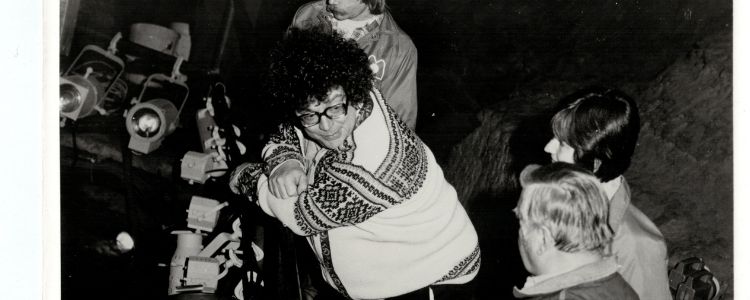Visitors to Cave of the Mounds bring curiosity about a multitude of topics. Seeing the wonder and appreciation in their faces as we stroll through the cave is one of the perks of working here. Of course, many have questions about the cave itself, the geology of the area or how or when the speleothems formed. What initially surprised me is how many guests wonder about the infrastructure inside of the cave. However, this does make sense because we all bring a variety of experiences and knowledge with us when we visit. One question that comes up often is about the lighting in the cave.
Guests want to know when the lights were installed? How are they powered? How did we decide where to put lights? How do we change the lightbulbs, and who does it? Let’s shed some light on this topic and answer your questions.

